Not all dog toys are made for every stage of life. A bouncy ball that excites a two-year-old might overwhelm a puppy or go unnoticed by a sleepy senior. That’s because dogs change as they grow. What they need from toys shifts right along with their teeth, energy, and interests.
Choosing the right toys based on your dog’s age is essential. The right pick can support development, improve behavior, and keep your dog physically and mentally healthy. This guide walks you through what to consider at every life stage so your dog gets the play experience they truly need.
Why Age Matters When Choosing Dog Toys
Dogs experience different physical, mental, and emotional needs as they grow. Puppies want to explore. Adult dogs crave stimulation. Seniors need comfort and a softer pace. Choosing age-appropriate toys helps support those needs and keeps your dog safely engaged.
It also reduces the chance of frustration, injury, or boredom. When you match the toy to the stage your dog is in, play becomes more rewarding for both of you.
What to Look for in Toys for Puppies (0 to 12 Months)
Soothing Teething and Mouth Development
Puppies chew because they are teething. It relieves discomfort and helps new teeth come in. Toys for this age should be soft, textured, and easy to grip with small jaws. They should be made from materials that feel good on sore gums and help prevent destructive chewing on furniture or shoes.
Encouraging Exploration and Learning
This is also the stage when puppies are learning about the world. Toys that make noise or respond to touch help build curiosity. Playtime becomes a learning opportunity. Choose sound toys or simple interactive toys that respond to paw swipes or nose taps.
These types of toys also encourage bonding. When a puppy plays with you and a toy, they learn that human interaction is safe and fun.
Top Toy Choices for Puppies
Look for soft chew toys, gentle sound toys, and beginner-friendly interactive educational toys. Puppies love toys they can chase, cuddle, or gently chew. Safety and softness are key here.

What to Look for in Toys for Adult Dogs (1 to 7 Years)
Supporting Energy and Activity
Most adult dogs have plenty of energy to burn. They are ready to run, chase, tug, and solve problems. Toys should reflect that energy. High-bounce balls, frisbees, and tug ropes all offer strong physical engagement.
Smart dogs also enjoy puzzle games and reward-based challenges. These keep their brain active and can help curb unwanted behavior that comes from boredom.
Encouraging Strength and Focus
This is a good time to introduce structured games. Playing fetch with rules, timed tug sessions, or interactive toy challenges helps build discipline and connection.
Interactive dog toys that move on their own or react to the dog’s touch add excitement while also allowing some independent play when you are busy.
Best Toy Types for Adults
Choose durable fetch balls, bite-resistant tug toys, frisbees, and smart interactive toys. These provide both physical exercise and mental stimulation, giving your dog the full-body play session they need.

What to Look for in Toys for Senior Dogs (Over 7 Years)
Prioritizing Comfort and Safety
Older dogs slow down. Their joints are stiffer, and their teeth are often more sensitive. Toys for seniors should be soft but still interesting. Think about materials that are gentle but not too flimsy. Avoid toys that require jumping or quick, high-impact movements.
Keeping the Mind Sharp
Senior dogs still benefit from mental exercise. Puzzle feeders, slow-eating toys, and scent-based play help stimulate thinking without overexertion. Even calm toy exploration keeps their brain engaged.
Comfort also matters. Toys that carry your scent or that mimic the texture of soft blankets can soothe anxiety when you are not home.
Best Toy Types for Seniors
Look for soft but durable toys, slow-feeding puzzle toys, and low-intensity interactive toys. Keep the focus on comfort, familiarity, and gentle engagement.

Choosing Dog Toys for All Ages and Needs
Look Beyond Age to Personality
Age helps, but it doesn’t tell the whole story. A playful senior may still love chasing a ball, while a quiet puppy might prefer something soft and simple. Pay attention to how your dog plays. Are they energetic or gentle? Do they get bored quickly? This gives you a better idea of what kind of toy they’ll actually enjoy.
●Gentle puppies may like soft plush toys or chewable rubber bones that are easy on their teeth.
●High-energy adult dogs often need tougher toys like fetch balls, tug ropes, or puzzle feeders to keep them both moving and thinking.
●Older dogs with sore joints or sensitive teeth usually do best with soft rubber toys, slow-feeding mats, or toys that carry your scent for comfort.
●Small dogs—even active ones—tend to prefer lightweight toys they can easily carry and shake.
Invest in Toys That Adapt
Some toys work across stages. An interactive ball that rolls gently can entertain a puppy and still interest an adult dog later. Look for toys with adjustable settings, varying speeds, or removable parts. This gives you more play value and helps keep things fresh over time.
Rotating toys every few days also adds novelty without needing to buy more.
Observe, Replace, and Rotate Dog Toys
Watch Their Reactions
Dogs will show you when a toy is a hit or a miss. If your dog lights up when you bring out a certain toy, keep it in rotation. If they ignore it, shelve it for a while, or try a variation. Tastes change with age, environment, and mood.
Toys should invite excitement or comfort, not frustration or confusion.
Replace as Needed
Worn-out toys lose their appeal and can become unsafe. Check for loose parts, fraying, or hard edges. When a toy gets ignored for too long or looks damaged, it is time for a refresh.
Updating your dog’s toy box every few months keeps things interesting and ensures each toy fits where your dog is in their journey.

Try Interactive Toys for Your Dog
The best dog toy is the one that matches your dog’s current needs. Puppies need soft chewable textures and simple challenges. Adults want action, training, and stimulation. Seniors appreciate softness, comfort, and easy thinking games.
But age is only one part of the equation. Pay attention to how your dog plays. Match the toy to their energy, size, and habits. Keep it safe, fun, and just challenging enough.
From chew toys for teething to slow feeders for older dogs, the right choice helps build better habits, support health, and strengthen your bond, no matter how old your dog is today.


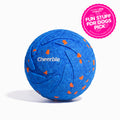
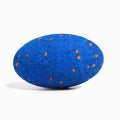

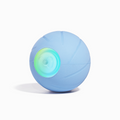
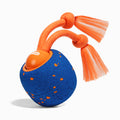
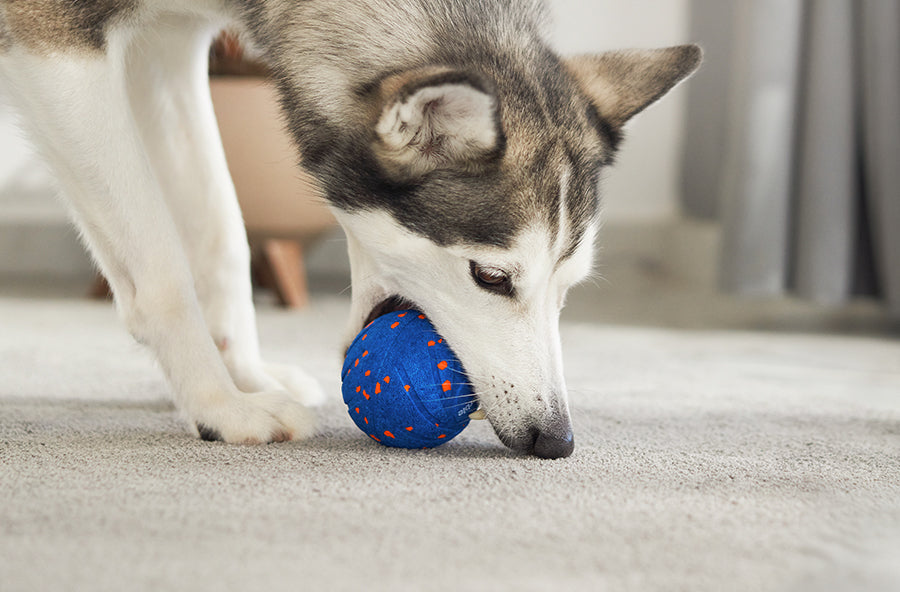

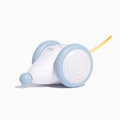
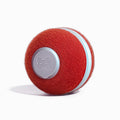



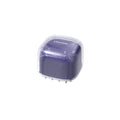

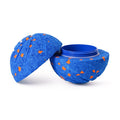
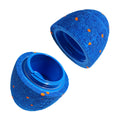
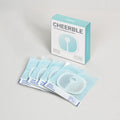
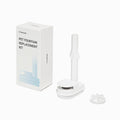

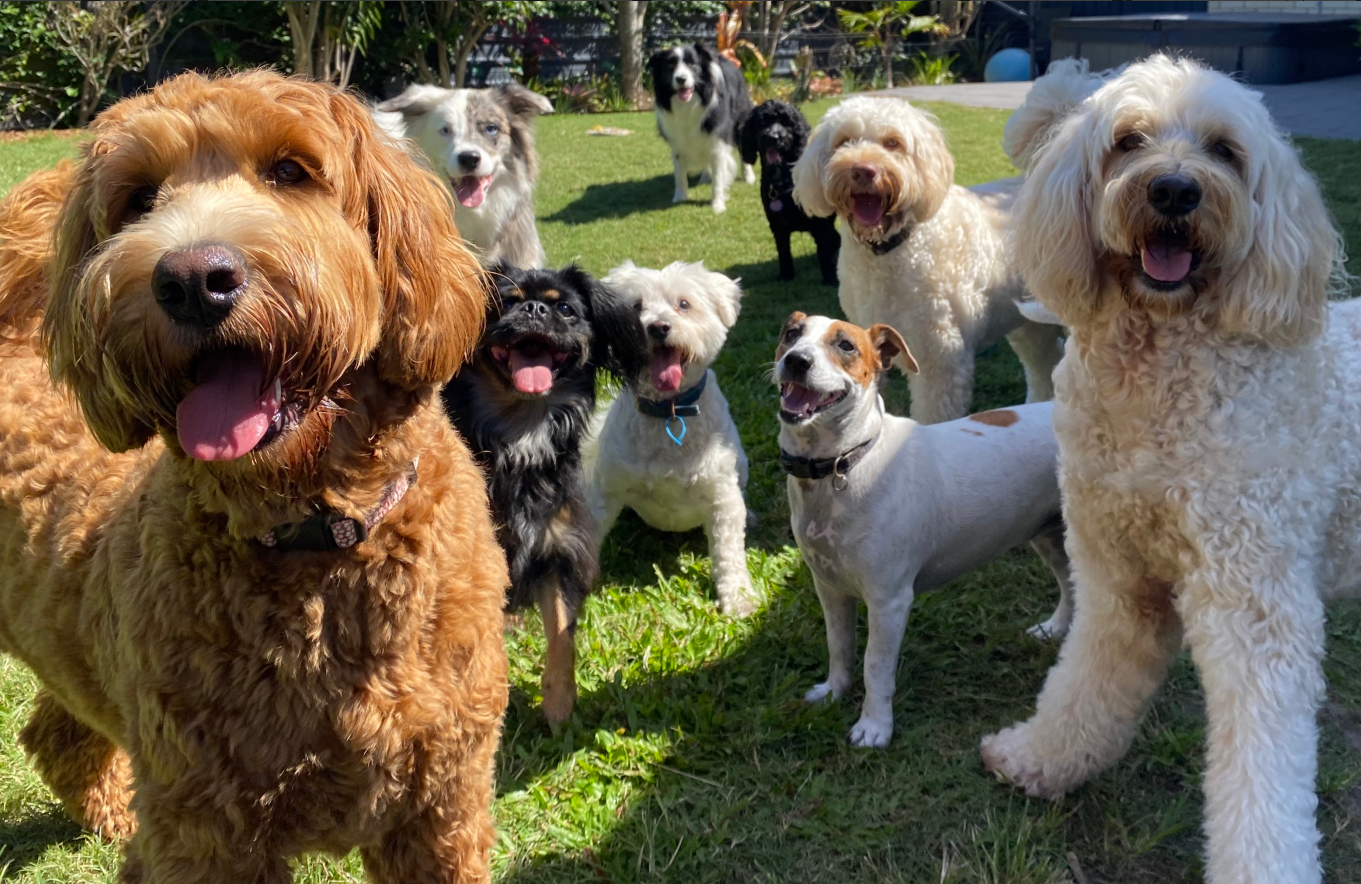
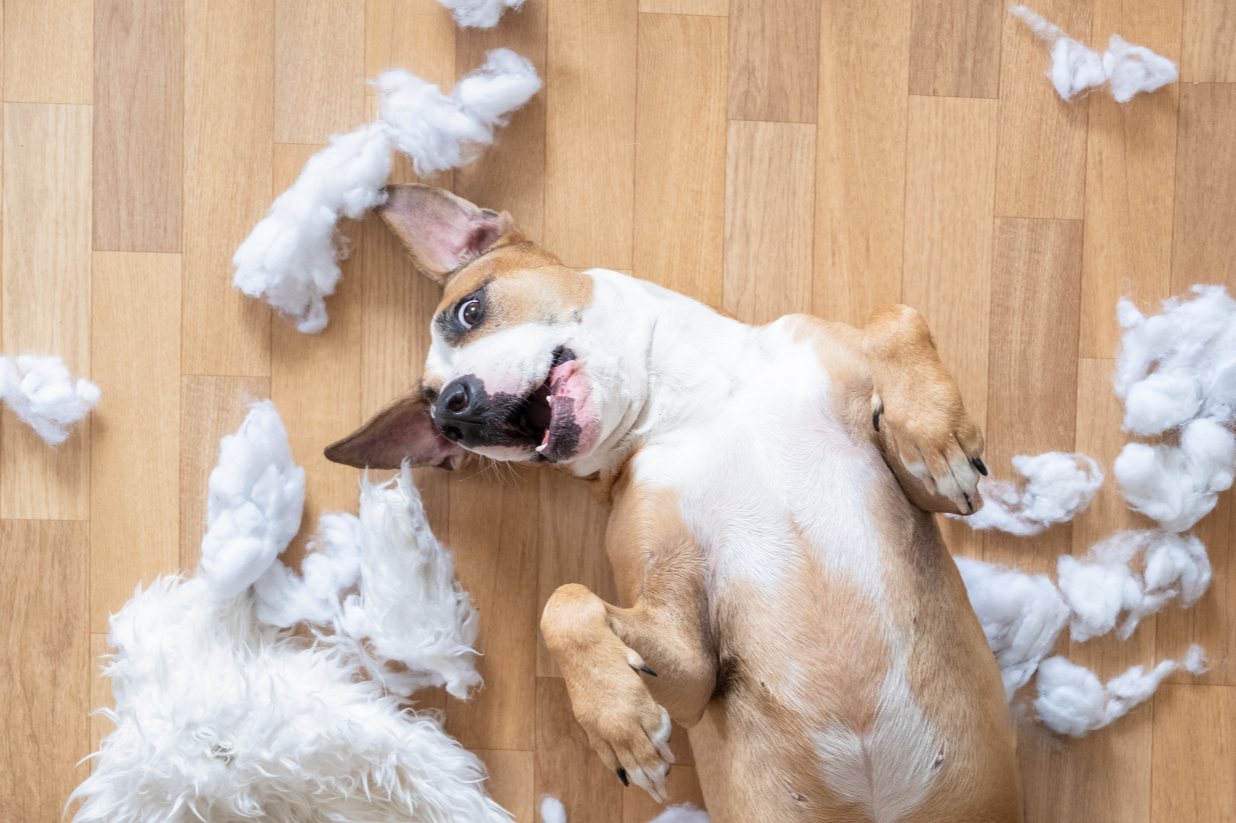
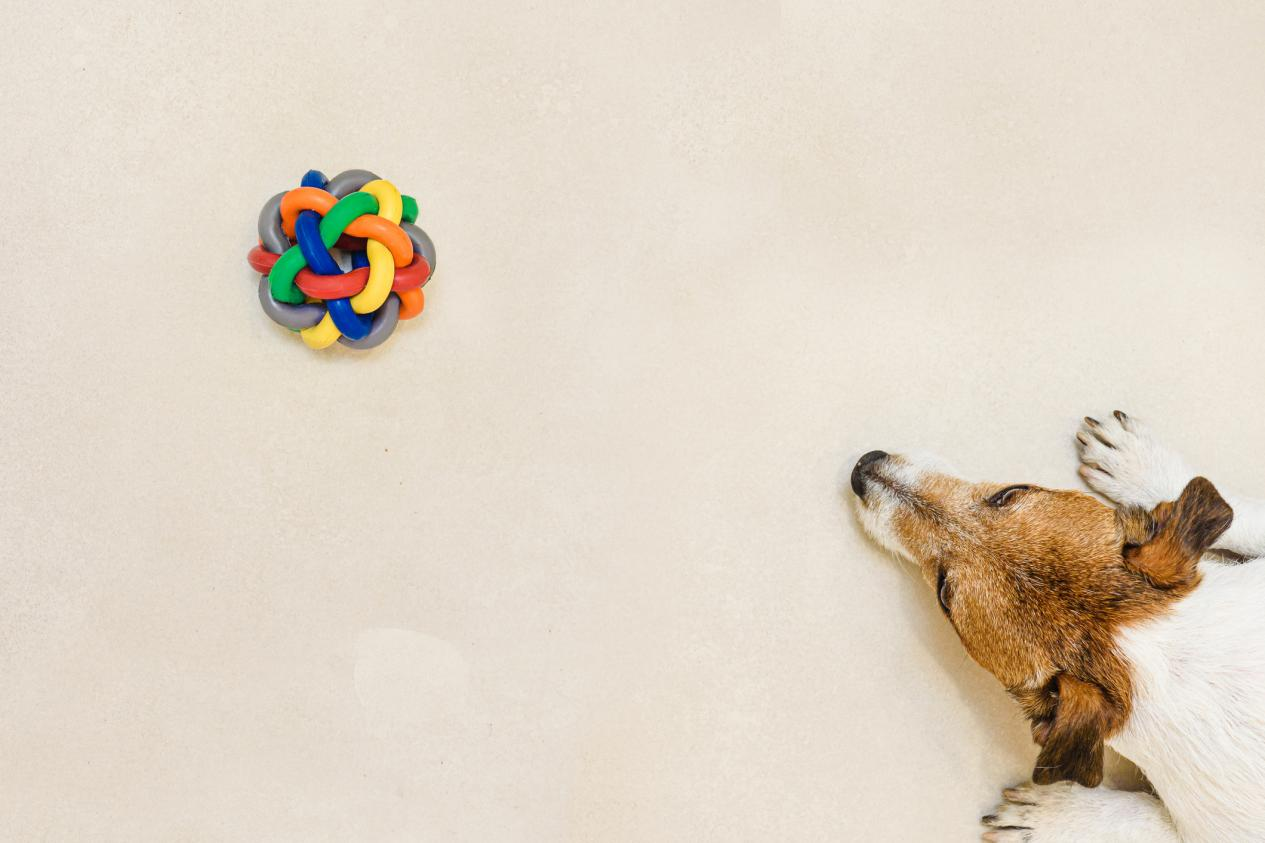
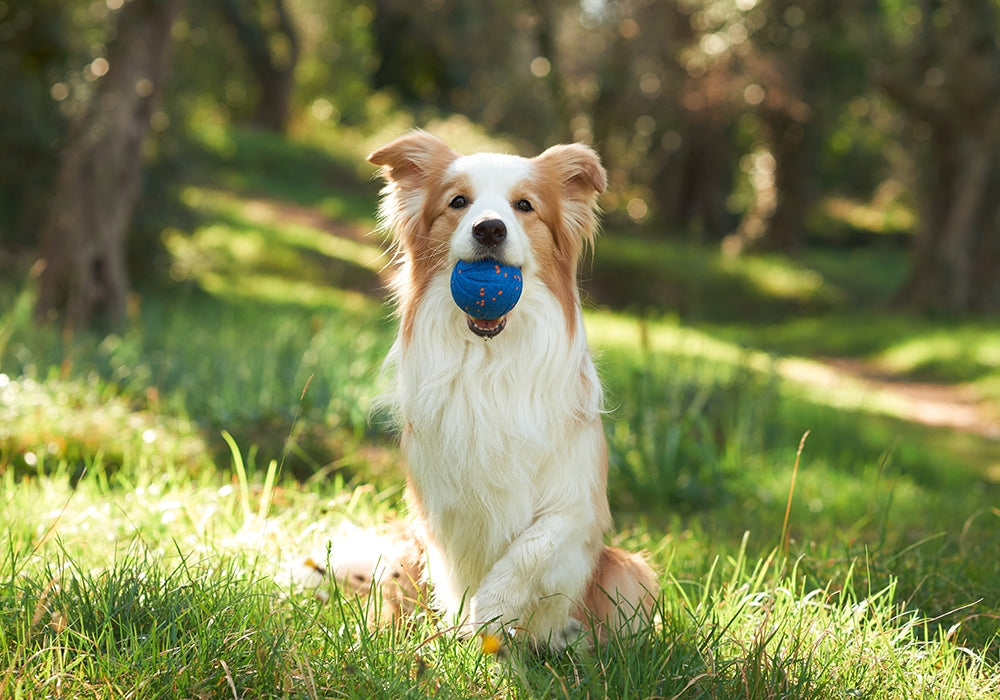
Leave a comment
All comments are moderated before being published.
This site is protected by hCaptcha and the hCaptcha Privacy Policy and Terms of Service apply.